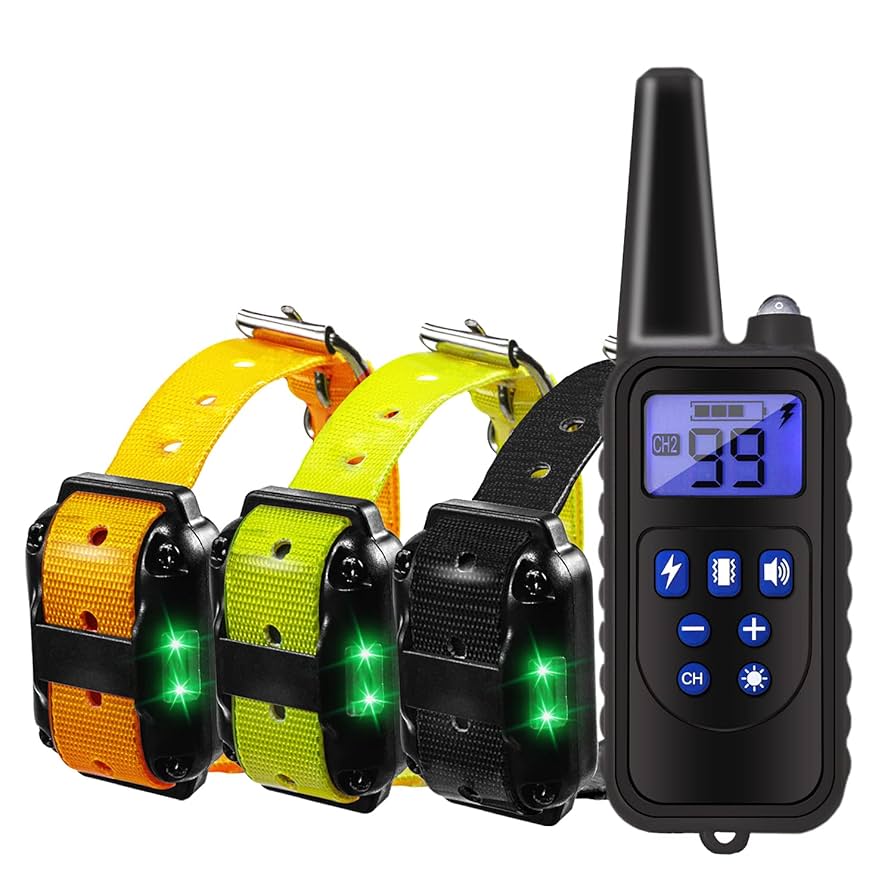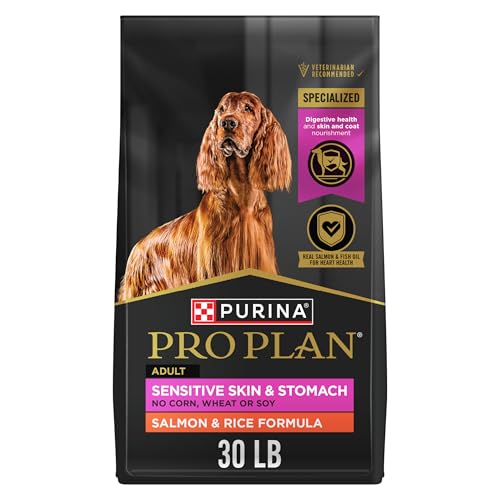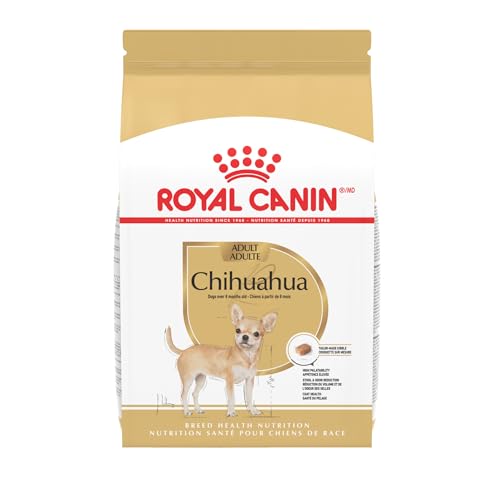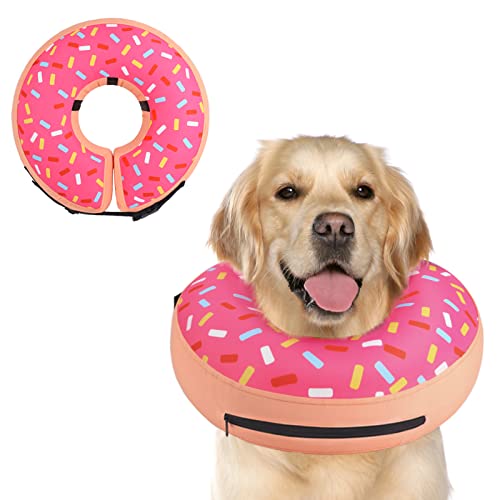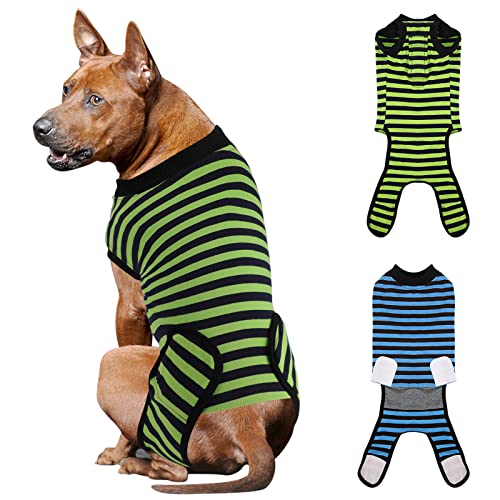Have you ever wanted to draw dogs that look like they stepped right out of Rick and Morty? Imagine creating quirky, fun, and unique dog characters with that wild, animated style you love.
You don’t need to be a professional artist to get there. With the right steps and some simple tips, you can bring your own Rick and Morty style dogs to life on paper. Keep reading, and you’ll discover how to make your drawings pop with personality and creativity—right from your own hand.

Credit: www.instagram.com
Materials Needed
Drawing Rick and Morty style dogs requires some basic materials. The right tools make the process smoother and more fun. Gathering quality supplies helps you capture the unique cartoon look easily.
Drawing Tools
- Pencils: Use soft pencils like 2B or 4B for sketching.
- Inking Pens: Fine liners or felt-tip pens for clean outlines.
- Erasers: A kneaded eraser works well for lightening lines.
- Colored Markers or Pencils: For adding vibrant colors.
Paper Types
- Sketch Paper: Ideal for practice and rough sketches.
- Mixed Media Paper: Good for both ink and color markers.
- Bristol Board: Thick and smooth, perfect for final artwork.
Optional Accessories
- Ruler: Helps with straight lines and proportions.
- Blending Tools: Such as blending stumps for shading effects.
- Lightbox: Useful for tracing sketches to clean paper.
- Reference Images: Printouts of Rick and Morty dogs for guidance.
Understanding Rick And Morty Style
Understanding the Rick and Morty style helps you create unique dog drawings. The show’s art is simple yet expressive. It uses clear shapes and bold lines. The style mixes humor with a bit of weirdness. This makes characters look lively and fun. Learning these traits helps you draw dogs that fit the Rick and Morty world.
Characteristics Of The Style
The style uses exaggerated features for a cartoon look. Eyes are often large and round, showing strong emotions. Heads tend to be a bit oversized compared to bodies. Expressions are exaggerated, with wide mouths and sharp teeth. Limbs are thin but flexible, showing dynamic poses. The overall look is quirky, not perfect or realistic.
Color Palette Choices
Colors in Rick and Morty are bright but limited. Skin tones are usually pale or unusual shades. Dogs in this style often have bold colors like blue, green, or purple. Shadows and highlights use simple blocks of color. Avoid complex gradients or blending. Keep colors flat to match the cartoon feel.
Line Work Techniques
Lines are thick and black to outline shapes clearly. The line weight varies to add interest and depth. Use smooth, clean strokes without too many details. Inside lines are thinner to show smaller features. Avoid sketchy or rough lines; keep it neat. This technique keeps drawings crisp and easy to read.
Basic Dog Anatomy
Understanding basic dog anatomy is crucial before you dive into drawing dogs in the Rick and Morty style. It helps you create characters that feel alive and believable, even with a cartoon twist. Let’s break down the essential parts of a dog’s body so your drawings have the right structure and flow.
Head Structure
The head is where personality shines, especially in Rick and Morty’s exaggerated style. Start with a simple shape like an oval or a rounded rectangle to form the base of the head. Pay attention to the placement of the eyes—they’re often large and expressive in this style.
Notice how the snout in Rick and Morty dogs is usually short and angular, not overly detailed. Adding simple lines to indicate the nose and mouth can give your dog character without overcomplicating the drawing. Try sketching a few heads with different ear shapes to see how it changes the mood.
Body Proportions
The body in Rick and Morty’s style tends to be compact and a bit squished, which adds to the quirky feel. Keep the torso smaller compared to the head, and avoid making it too realistic. This contrast between head and body sizes makes your dog look playful and cartoonish.
Think about how the rib cage and hips align. You can use simple geometric shapes like ovals and rectangles to map out these areas. This makes it easier to adjust the posture and create dynamic poses later on.
Leg And Tail Details
Legs in Rick and Morty style are often thin and slightly elongated, with exaggerated joints to add expressiveness. They’re not meant to be perfect copies of real dog legs. Instead, focus on fluid lines and simple shapes like cylinders and ovals.
The tail is another place to add personality. A tail that’s too stiff looks lifeless, so use curves and slight bends to suggest movement. You can experiment with different tail lengths and thicknesses to see how they affect your dog’s attitude.
Have you noticed how small changes in leg or tail shape can completely change a dog’s vibe? Try drawing the same dog with a wagging tail versus a droopy one. Which one feels more like the character you want to create?

Credit: www.youtube.com
Sketching The Dog
Sketching a dog in the Rick and Morty style is all about capturing that quirky, exaggerated vibe. Start simple and let your creativity lead the way. Focus on shapes and bold lines before diving into the details.
Starting With Shapes
Begin by drawing basic shapes to build your dog’s form. Use circles for the head and body, and ovals or rectangles for legs and paws. This approach helps you get the dog’s proportions right without worrying about details.
Think about how Rick and Morty characters often have unusual body proportions. Maybe your dog’s head is bigger than usual or the legs are a bit spindly. Play with these shapes to add that signature cartoon weirdness.
Adding Features
Next, add facial features and important details like ears, eyes, and the snout. Rick and Morty dogs often have exaggerated expressions—big, round eyes or quirky, crooked smiles.
Don’t be afraid to experiment with unusual features. Maybe your dog has extra eyes or an exaggerated snout. These little twists make your drawing pop and feel alive.
Refining Lines
Once you’re happy with the shapes and features, go over your sketch with cleaner, confident lines. Use bold strokes to mimic the thick, black outlines common in Rick and Morty art.
Erase unnecessary sketch lines to keep the drawing crisp. This step brings your dog from rough sketch to a polished cartoon ready for color and shading.
Incorporating Rick And Morty Elements
Incorporating Rick and Morty elements brings a unique twist to drawing dogs. The show’s style is bold, quirky, and a bit wild. This style helps create dogs that look like they belong in the same universe. Focus on key traits like exaggerated features and funny details. These elements make your dog drawings more fun and eye-catching.
Facial Expressions
Rick and Morty characters show strong emotions with clear faces. Use big, round eyes and thick eyebrows on dogs. Make the eyes slightly uneven for a quirky look. Add wide mouths with sharp teeth or silly grins. Show surprise or confusion with raised eyebrows or droopy eyelids. These expressions give your dog personality and life.
Unique Accessories
Accessories are a big part of Rick and Morty style. Give your dog funny hats like scientist goggles or space helmets. Draw collars with strange gadgets or glowing buttons. Add small details like a floating portal or a mini ray gun. These items make dogs look adventurous and fit the sci-fi theme. Use bright colors and odd shapes for more impact.
Quirky Characteristics
Rick and Morty characters have odd but fun traits. Try giving your dog extra eyes or a long, wavy tongue. Use uneven limbs or a bony tail with sharp points. Draw strange patterns on the fur, like swirls or tiny stars. Give the dog a weird pose that shows energy or confusion. These quirks add humor and match the show’s style perfectly.

Credit: stablediffusionweb.com
Coloring And Shading
Coloring and shading bring your Rick and Morty style dogs to life. They add personality and make your drawing pop off the page. Getting these elements right can transform a flat sketch into a vibrant character that fits perfectly into the show’s quirky universe.
Choosing Colors
Rick and Morty’s style favors bold, often unusual colors that catch the eye. Think beyond natural dog colors—greens, purples, or even blues can work well if used thoughtfully. Pick a base color that matches your dog’s personality, then add accents to highlight features like eyes, ears, or collars.
Try to keep the palette simple; too many colors can clutter your drawing. You might use a bright, almost neon color for the collar or tongue to add that signature cartoon punch. What unexpected color would you pick to make your dog stand out in the Morty universe?
Applying Shading
Shading in Rick and Morty style is often sharp and minimal, focusing on enhancing the shape rather than realistic light effects. Use darker versions of your chosen colors to create shadows under the chin, belly, and behind limbs. Avoid soft gradients; instead, opt for solid blocks of shadow that emphasize the cartoon’s bold style.
Think about where your light source is and keep shadows consistent throughout your drawing. This approach keeps your dog looking clear and dynamic. Have you noticed how simple shadows can instantly add attitude to your characters?
Enhancing Depth
Depth in this style comes from layering colors and shadows smartly. Use highlights sparingly on the nose, eyes, and shiny surfaces to give a sense of dimension without overcomplicating the look. Adding a slight outline with a darker color around your dog can make it pop against the background.
Don’t forget, spacing between color blocks also creates depth by separating different parts of your dog’s body. Experiment with these techniques to see how they change your drawing’s impact. What small change could make your dog leap off the page?
Adding Final Touches
Adding final touches brings your Rick and Morty style dog to life. This stage sharpens your drawing and gives it personality. Small changes make a big difference. Focus on details, proportions, and that unique style you want to capture.
Detailing Lines
Use clean, bold lines to outline your dog. Vary line thickness for depth and interest. Thicker lines work well for the main shapes. Thin lines highlight small features like fur or wrinkles. Avoid overworking the lines; keep them confident and simple.
Adjusting Proportions
Check the size of the head, body, and legs. Rick and Morty dogs often have exaggerated features. Make the eyes large and the paws small for a fun look. Slightly bigger heads add charm and fit the cartoon style. Adjust until the dog feels balanced but quirky.
Signature Style
Capture the distinct Rick and Morty vibe with sharp angles and quirky expressions. Add simple, expressive eyes and a mischievous grin. Use minimal shading to keep the drawing clean. Include unique marks or patterns for personality. This style thrives on simplicity and bold character.
Tips For Improvement
Improving your skills in drawing Rick and Morty style dogs takes more than just copying images. It requires focused effort and smart practice. The following tips will help you sharpen your technique and develop your own creative spin on these quirky characters.
Practice Techniques
Draw regularly to build muscle memory and confidence. Try sketching quick poses to capture the exaggerated expressions and dynamic lines typical of Rick and Morty art.
Use tracing as a learning tool. Trace over existing images to understand the shapes and proportions, then redraw them freehand. This exercise trains your eye and hand coordination.
Challenge yourself by mixing different dog breeds with Rick and Morty’s style. This pushes your creativity and helps you recognize patterns in the character design.
Finding Inspiration
Look beyond just the show’s art. Check fan art communities for fresh ideas and unique interpretations. How do others play with the show’s style when drawing animals?
Pay attention to the show’s color palette and line work. Notice how simple shapes and bold lines create striking characters that feel alive and expressive.
Use real dogs as references too. Observe their movements and expressions, then exaggerate those features in your drawings to keep them playful and true to the show’s vibe.
Common Mistakes
Avoid overcomplicating your designs. Rick and Morty art thrives on simplicity, so don’t clutter your dog drawings with too many details.
Watch out for stiff poses. The characters often have loose, exaggerated body language that adds personality. If your dogs look too rigid, try loosening up your lines and experimenting with different angles.
Don’t forget to balance cartoonish features with recognizable dog traits. Losing the essence of the animal makes your drawing less relatable and fun.
Frequently Asked Questions
How Do I Start Drawing Rick And Morty Style Dogs?
Begin with simple shapes like circles and ovals for the body and head. Add exaggerated features typical of the show’s style, such as large eyes and expressive mouths. Use bold, uneven lines to capture the quirky, animated look.
What Colors Suit Rick And Morty Style Dogs Best?
Use bright, contrasting colors with a slightly muted palette. Focus on shades like greens, yellows, and blues for a sci-fi vibe. Avoid overly realistic colors; instead, choose tones that match the show’s surreal and vibrant atmosphere.
Which Tools Are Best For Drawing Rick And Morty Dogs?
Use digital tools like Procreate or Photoshop for clean lines and vibrant colors. For traditional drawing, use fine liners and markers with bold colors. Both methods help achieve the cartoonish and exaggerated style easily.
How To Capture Rick And Morty Humor In Dog Drawings?
Add quirky expressions, unusual poses, and exaggerated features. Incorporate sci-fi elements or strange accessories. Humor comes from the unexpected and absurd, so be creative with your dog’s personality and surroundings.
Conclusion
Drawing dogs in Rick and Morty style is fun and creative. Start with simple shapes and add quirky details. Practice helps you improve every time. Try different expressions and poses to make your art lively. Keep your lines clear and bold for the best effect.
This style lets you mix humor with imagination. Enjoy the process and keep experimenting with your drawings. Soon, you will create unique, funny dogs just like in the show. Happy drawing!

